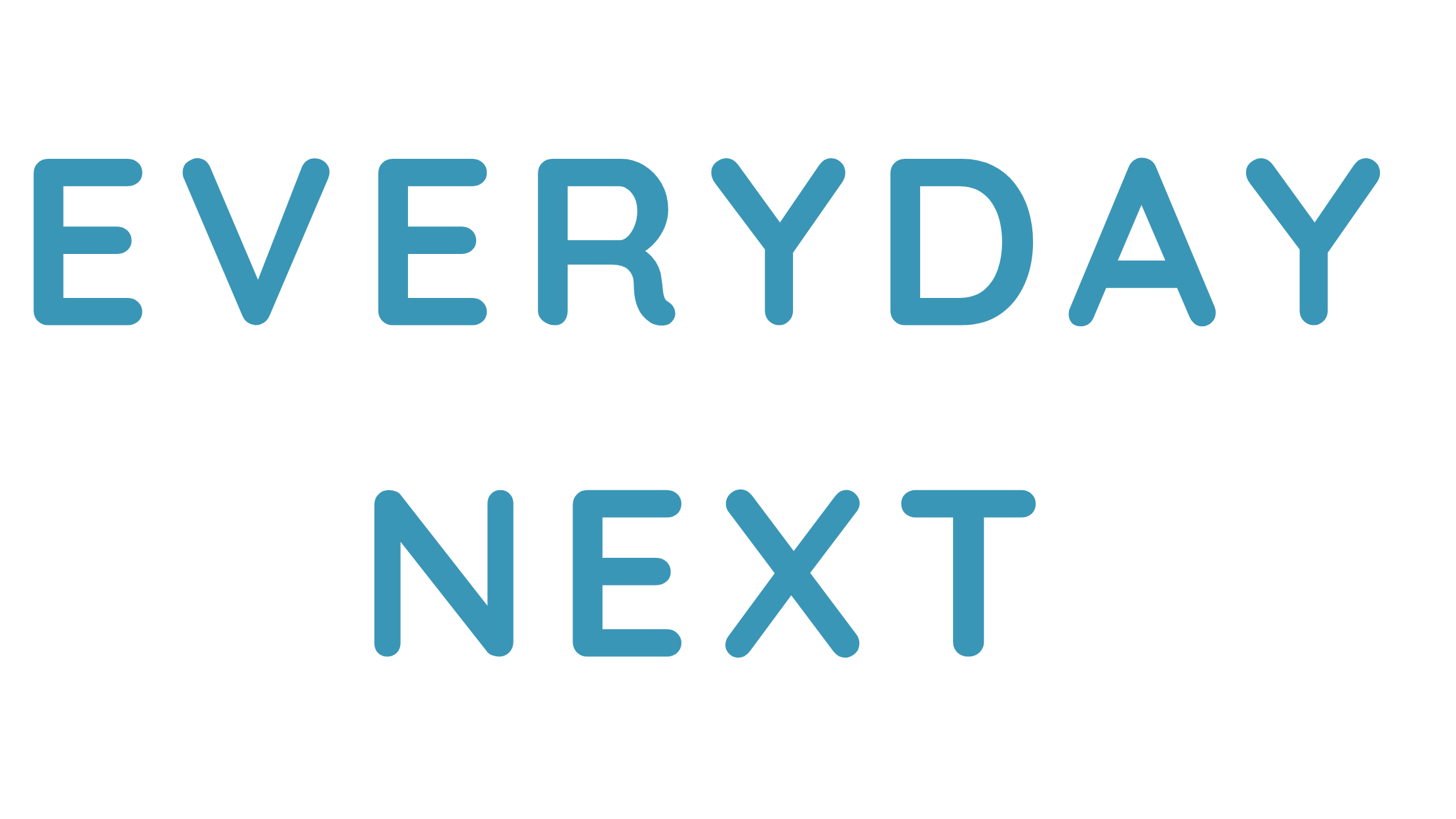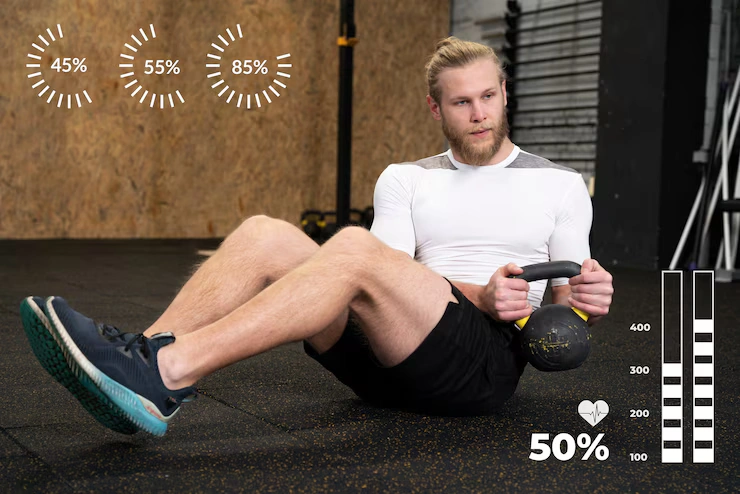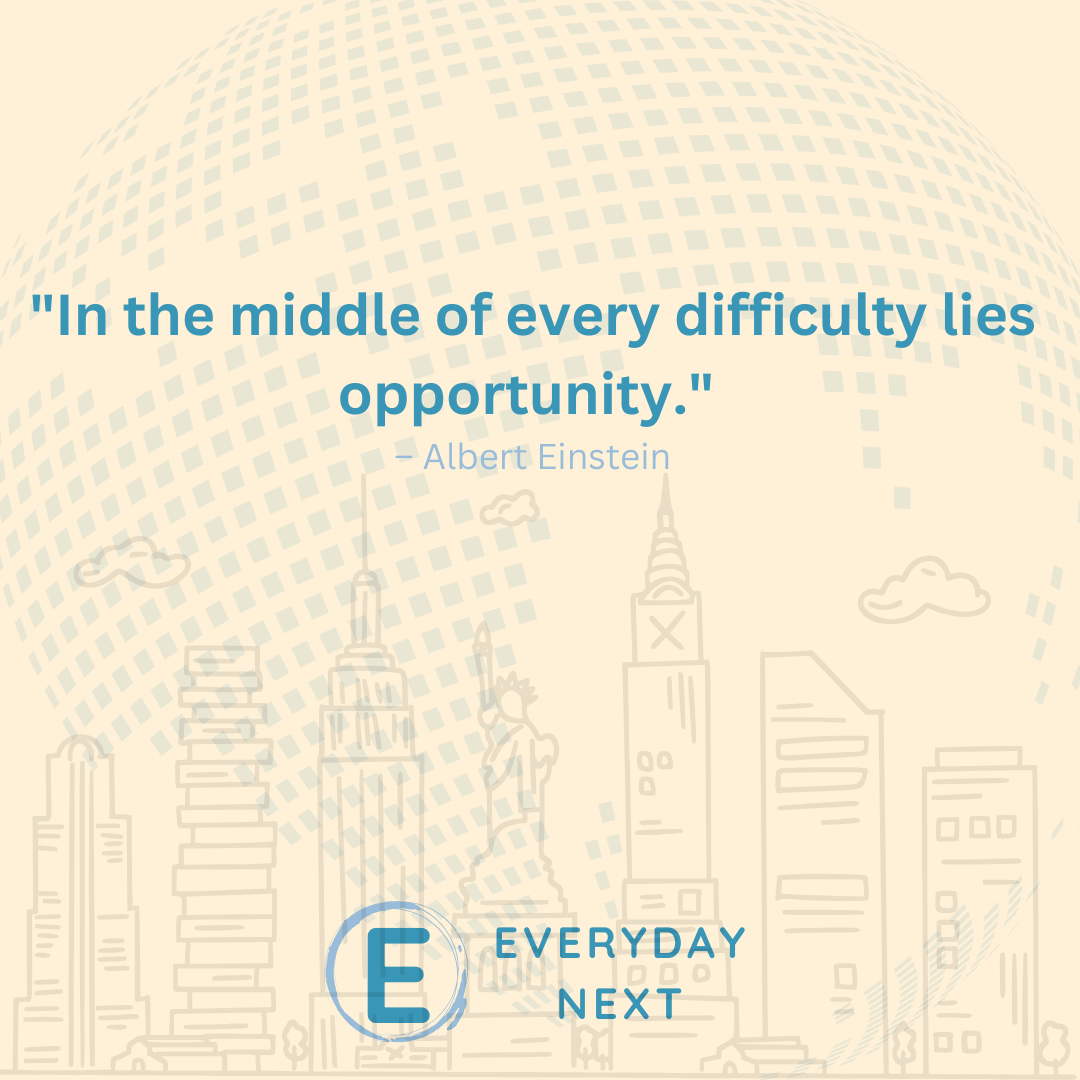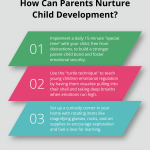
From Toxic Productivity to Slow Living: Embrace a Balanced Life
In a world that praises constant action and multitasking, many feel overwhelmed and burnt out. The hustle culture, built on toxic productivity, teaches us that rest is weakness and busy means success. But more people are now questioning that mindset. They are Exploring Slow Living, a lifestyle focused on presence, peace, and purpose. It’s not about doing less for the sake of it, but doing what truly matters, with intention.
Slow living invites you to take a step back and ask what adds real value to your day. It shifts the focus from pressure to peace and encourages better balance between work and life. By choosing this lifestyle, you can reduce stress and reclaim your time in more meaningful ways.
The Rise of Toxic Productivity
Toxic productivity pushes individuals to remain constantly active, always working, always rushing. It leaves little room for rest, reflection, or simply being present. Over time, this nonstop mindset drains energy, reduces focus, and takes a toll on emotional well-being. Many people struggle to disconnect after work and often feel guilty when resting, as if relaxation must be earned through exhaustion. This constant pressure to produce more, do more, and achieve more leads to unhealthy comparisons with others and an endless loop of dissatisfaction.
These patterns slowly chip away at a person’s peace and joy. In contrast, slow living introduces a gentler, more sustainable pace. It shifts the focus from chasing productivity to appreciating life as it unfolds. Instead of measuring worth by output, slow living encourages us to value presence, mindfulness, and balance in daily routines.

What Is Slow Living?
Slow living is about living with clarity and intention. It emphasizes being present and making thoughtful choices rather than reacting to outside pressure. Unlike Productivity Culture, which values speed and results, slow living focuses on experience, purpose, and emotional well-being.
This approach covers all parts of life:
- Home: creating a calm and comfortable space
- Work: balancing ambition with wellness
- Relationships: building deeper, more present connections
- Self-care: prioritizing rest, nutrition, and reflection
By embracing living, people shift from survival mode to a life that feels fuller, calmer, and more authentic.
Toxic Productivity vs. Slow Living
| Trait | Toxic Productivity | Slow Living |
| Core Focus | Efficiency & output | Meaning & presence |
| View on Rest | Seen as laziness | Seen as essential |
| Life Pace | Fast and relentless | Calm and intentional |
| Self-Worth Linked To | Achievements | Inner values |
| Mental Effect | Burnout and stress | Clarity and contentment |
This table shows how slow living challenges toxic habits and helps restore emotional and mental balance.
How to Embrace Slow Living Daily
Building a slow living lifestyle doesn’t require dramatic changes. It begins with simple daily choices that emphasize intention over urgency. For instance, starting your day with quiet reflection or journaling can set a peaceful tone. Reducing screen time and immersing yourself in Real-World Moments also makes a big difference. Instead of juggling tasks, focusing on one activity at a time helps anchor you in the present. Creating technology-free spaces at home allows for deeper rest and connection.
Taking unhurried walks without a set goal can calm the mind and ground your energy. Preparing meals with care rather than haste turns cooking into a nourishing ritual. These small, mindful habits slowly reshape your days and bring a sense of balance. With each intentional action, living becomes a natural part of your life.

Challenges and Misconceptions
Despite its benefits, slow living is often misunderstood. Some believe it means being lazy or unproductive. Others think it’s only for those with extra time or wealth. But none of this is true.
Here’s the truth:
- Slow living doesn’t mean giving up goals; it means pursuing them mindfully.
- It’s not anti-work; it supports a better work-life balance.
- Anyone can adopt it by changing their mindset and daily choices.
Adopting living takes time, especially in a culture that rewards speed. But the emotional, mental, and physical benefits make it worth the shift.
Real-Life Impact of Slow Living
More people are now sharing how slow living has improved their lives. They find more peace, joy, and fulfilment in their everyday routines.
For example:
- A teacher avoids burnout by setting firm boundaries between work and rest.
- A young couple spends weekends outdoors, away from screens and pressure.
- An entrepreneur limits work hours to focus more on family and self-care.
These shifts may seem small, but they build a lifestyle that feels whole and human. Living brings people back to what truly matters.

Community and Connection Through Slow Living
Another beautiful aspect of slow living is how it nurtures deeper human connection. When people slow down, they have more time and space for others. Simple acts like shared meals, long walks, or Phone-Free Conversations become rich moments of bonding. Instead of rushing through relationships, living encourages presence and active listening. Many who adopt this lifestyle say their friendships and family ties grow stronger, more authentic, and less strained. In a world full of distractions, choosing connection over convenience becomes a powerful part of the living journey.
Conclusion
The shift from toxic productivity to slow living is not a trend, it’s a return to balance. It’s a way to slow down without losing momentum, to work without burning out, and to live with more joy, depth, and intention. When you practice living, you reclaim your time, energy, and peace. You make space for the things that fuel your soul rather than just your schedule. In a noisy world, choosing this lifestyle becomes a bold act of self-care. Let go of the rush and embrace the rhythm of a more meaningful life.
FAQs
1. What does “slow living” mean?
Slow living means making mindful, intentional choices to create a more balanced and peaceful life.
2. Is slow living only for people with lots of free time?
No. Anyone can adopt it by changing their mindset and simplifying daily habits.
3. How does slow living help mental health?
It reduces stress, increases mindfulness, and helps people stay present and emotionally grounded.
4. Can I still be productive while practicing slow living?
Yes. The focus is on quality, not speed, and doing what matters most without burnout.
5. How do I start slow living?
Begin with small steps, limit screen time, practice mindfulness, and simplify routines.










